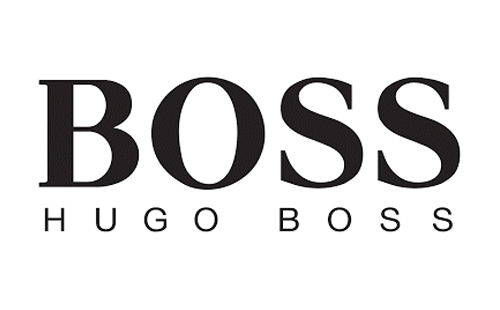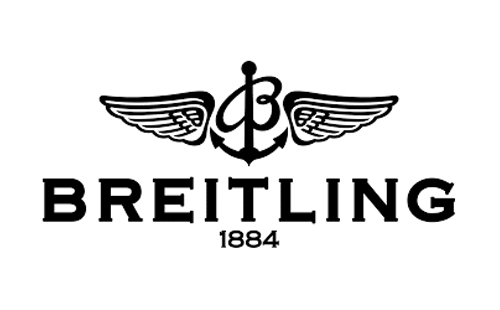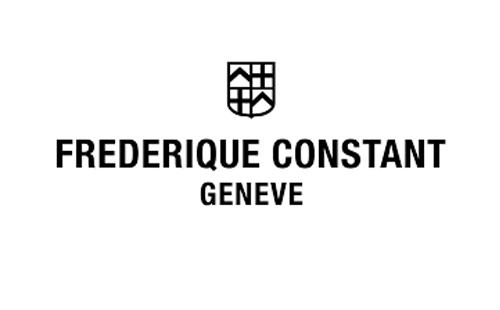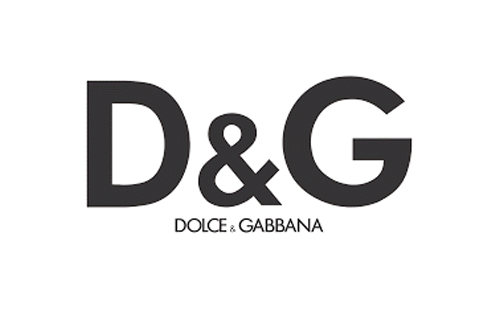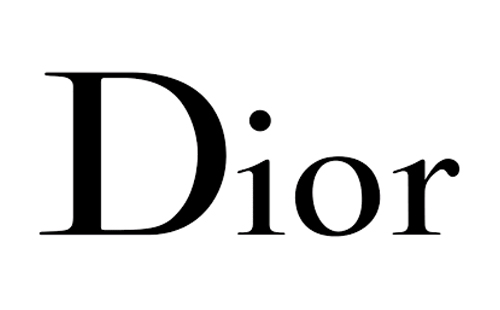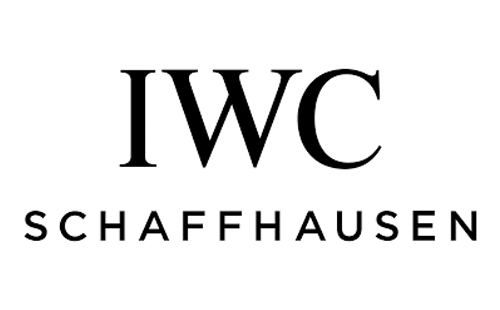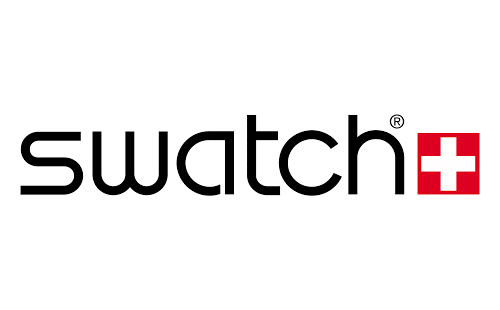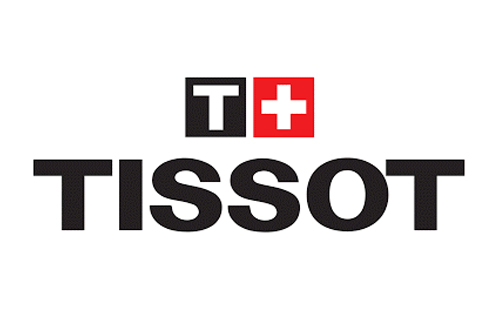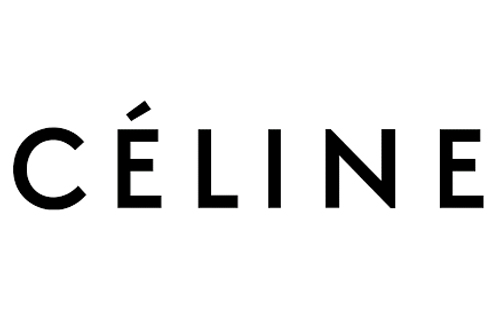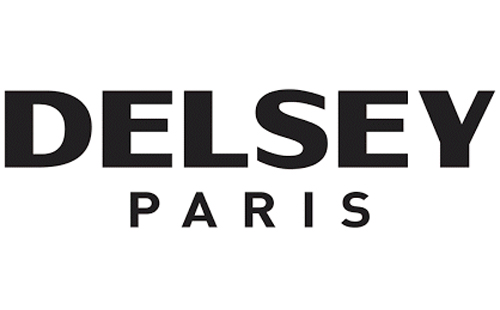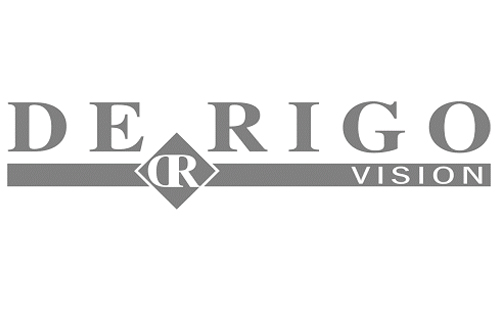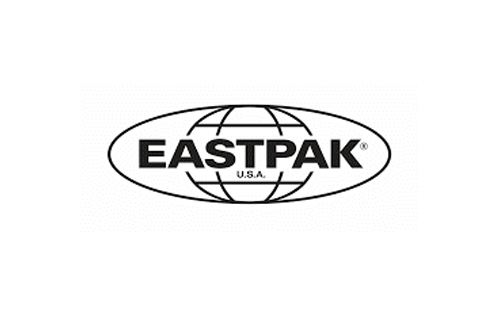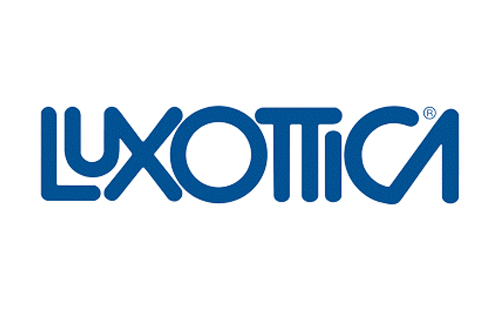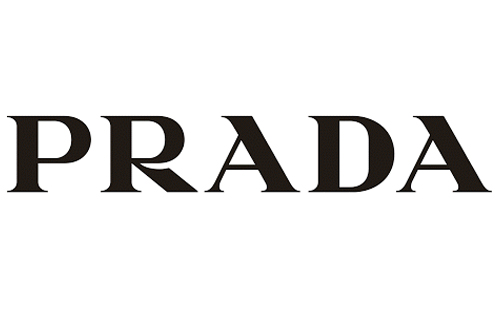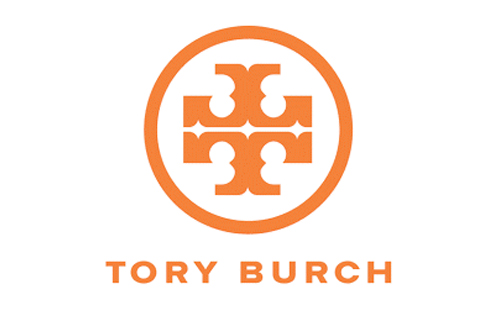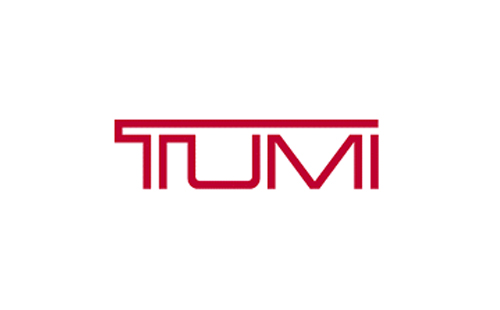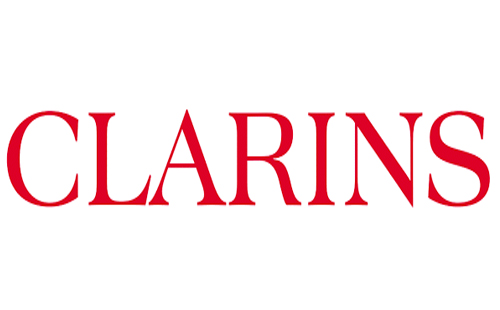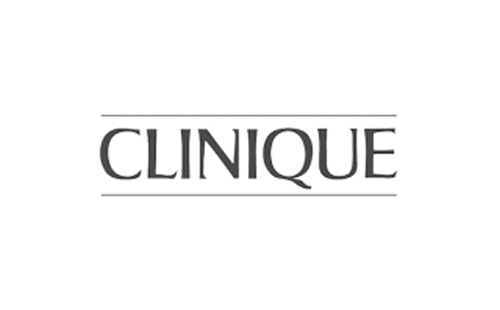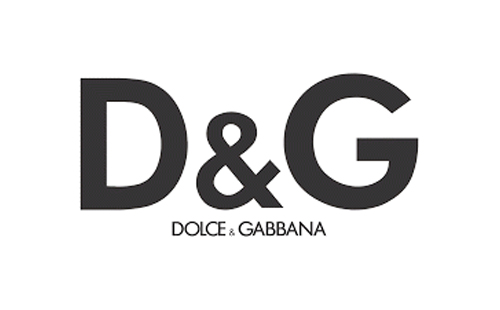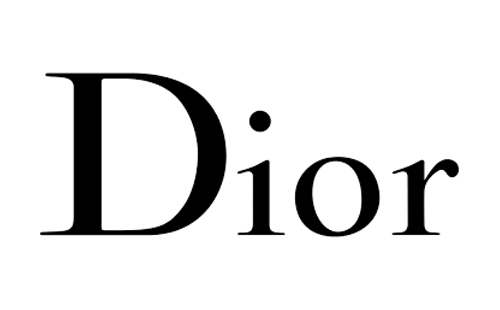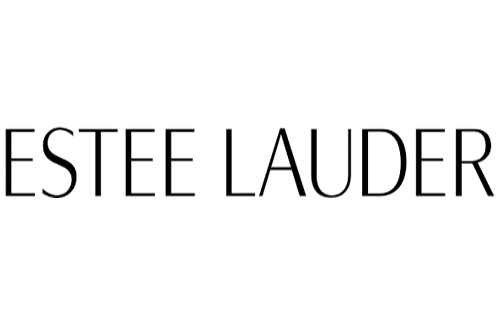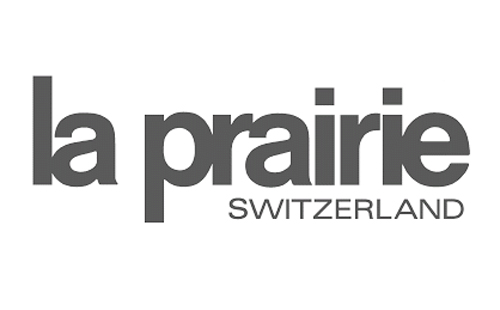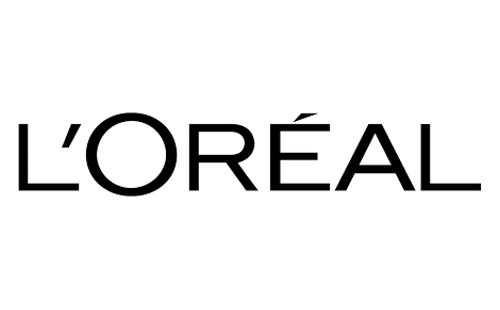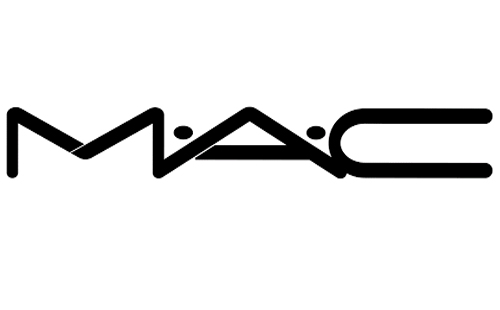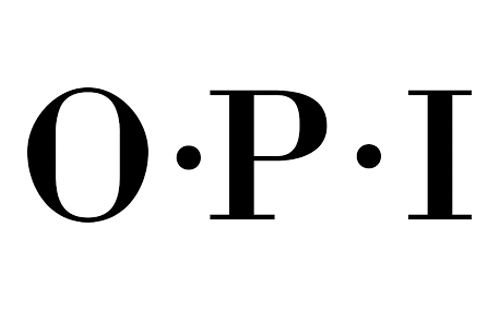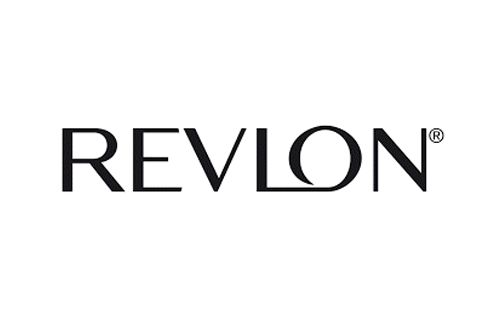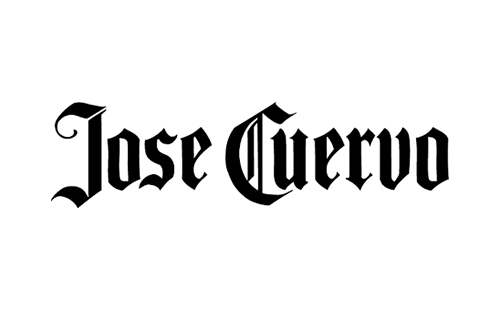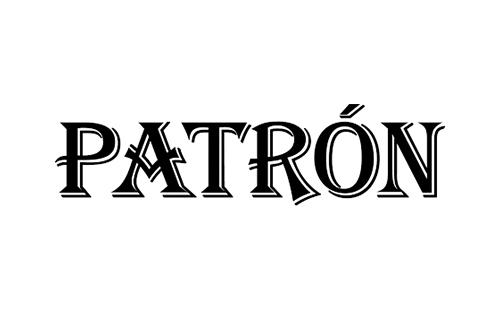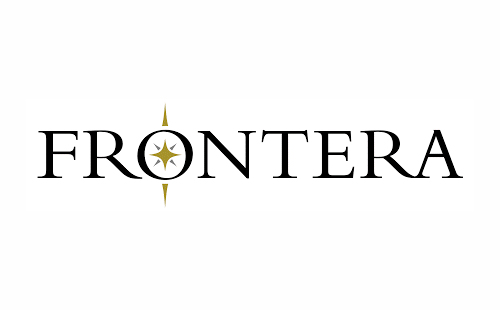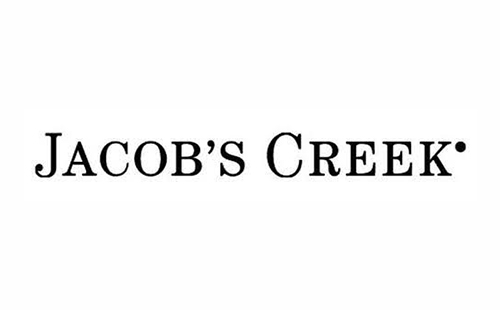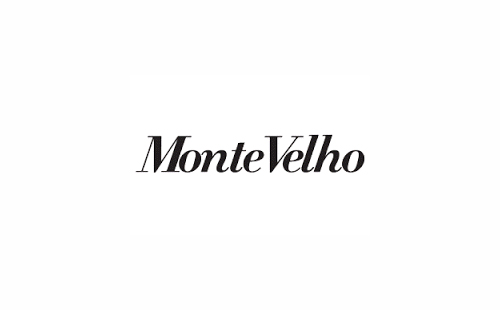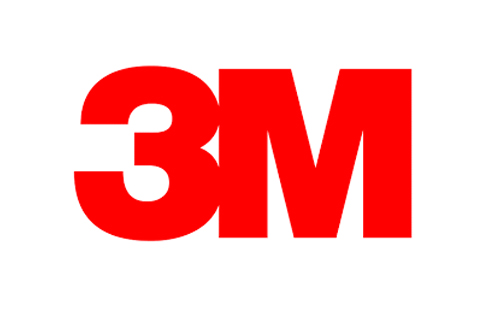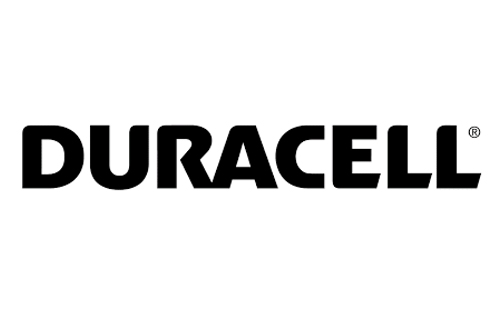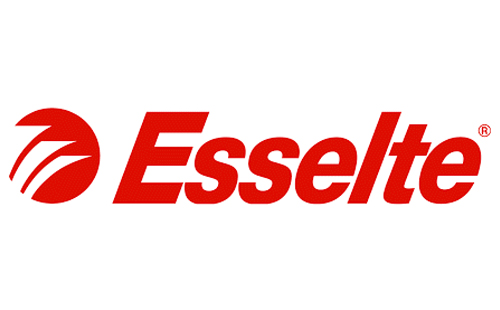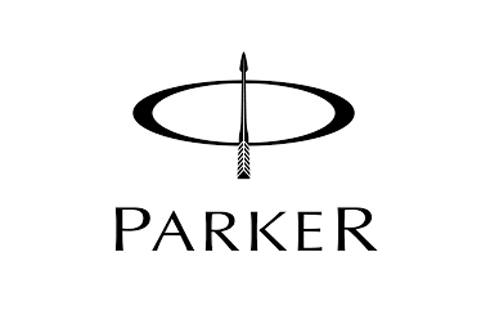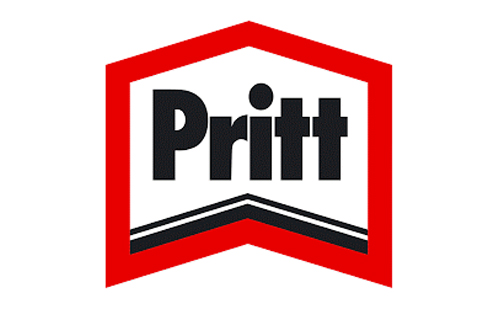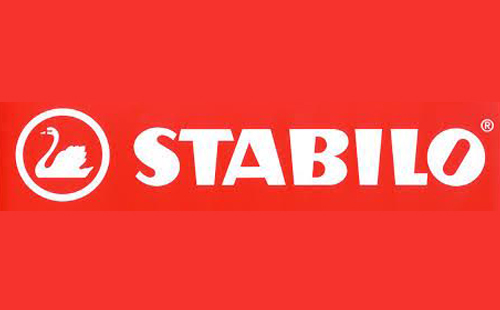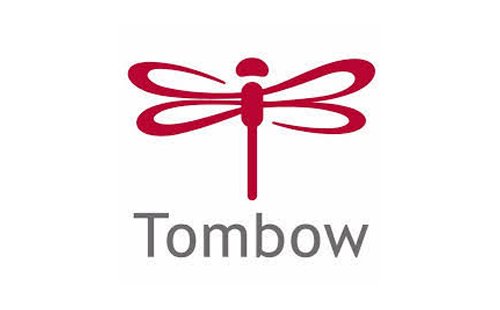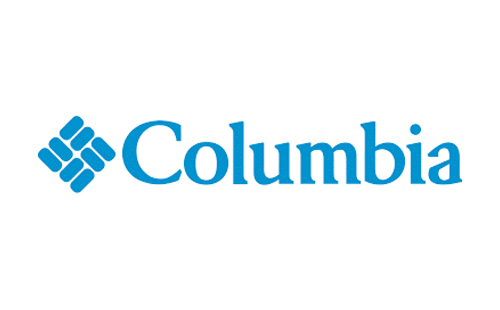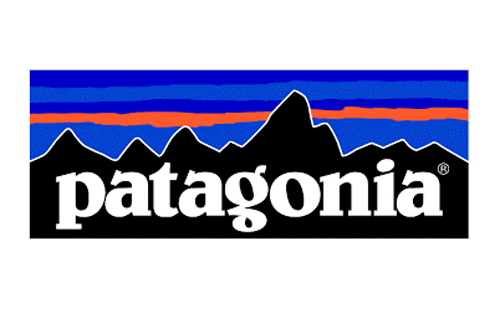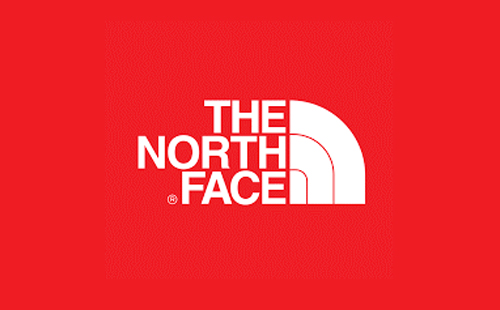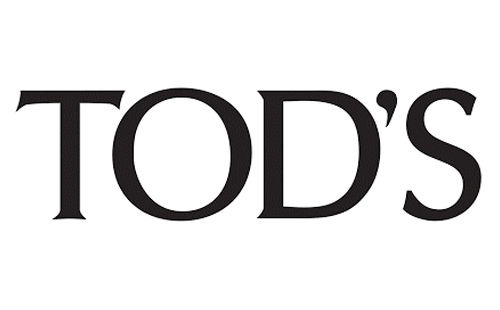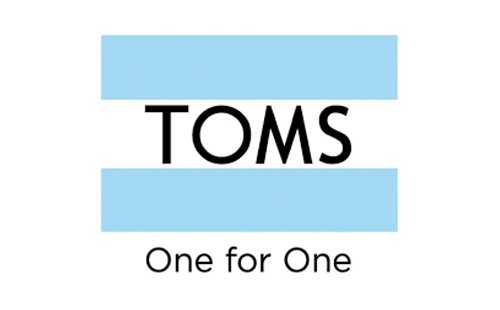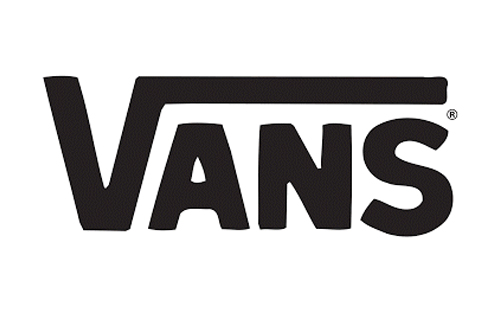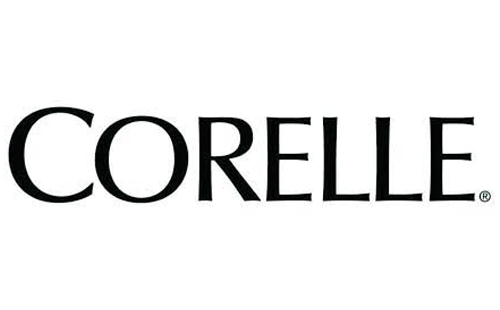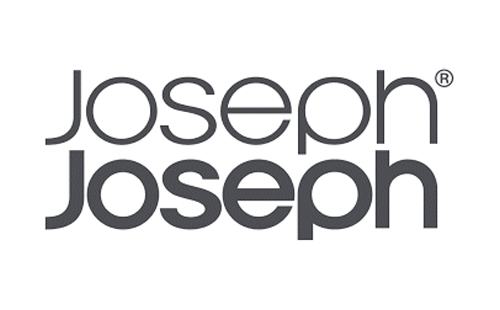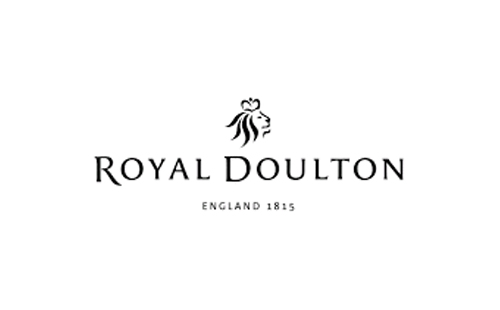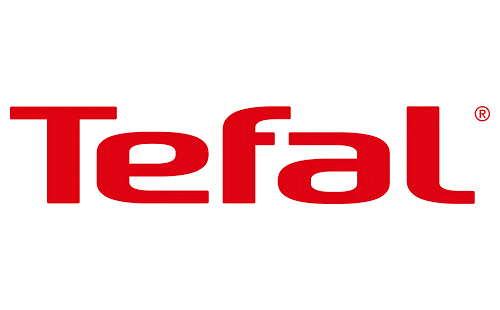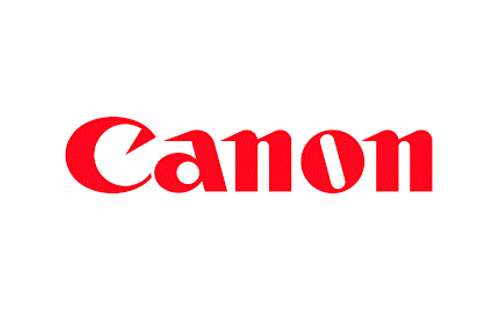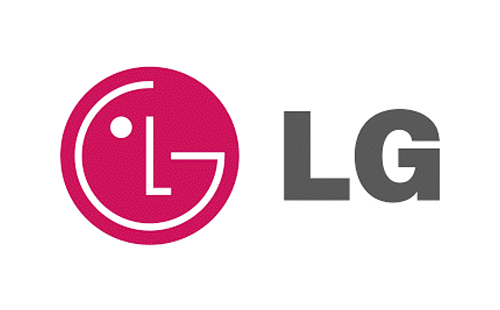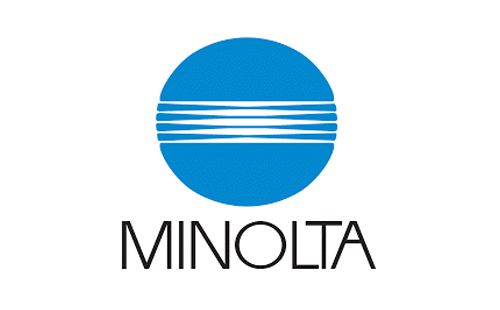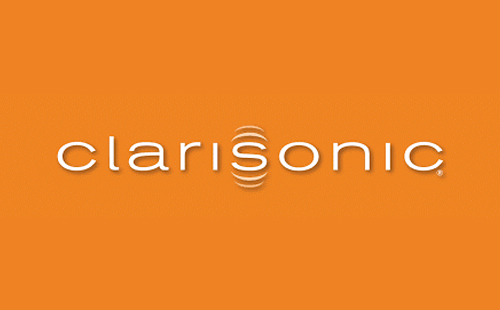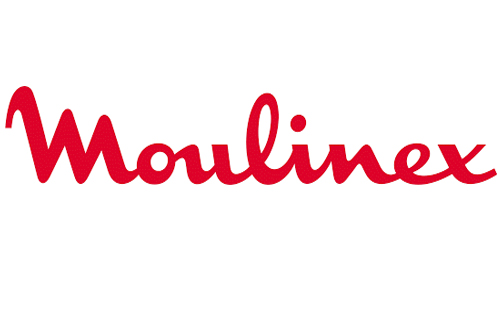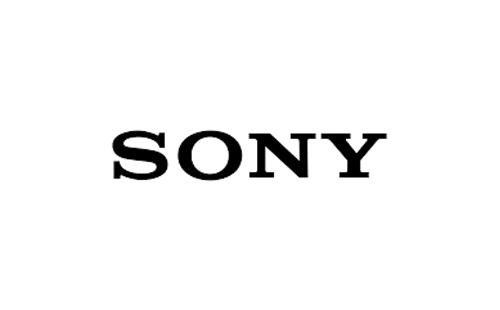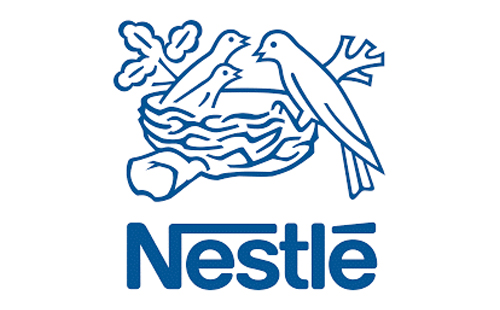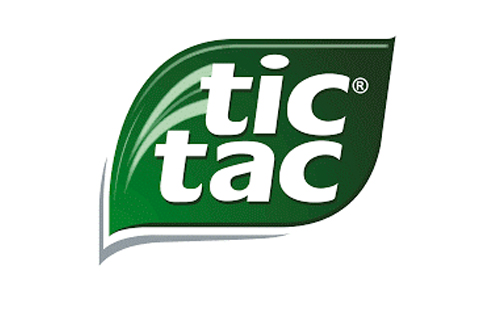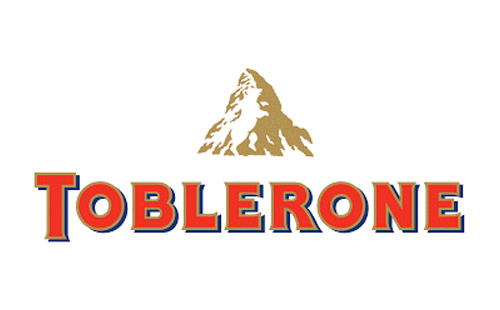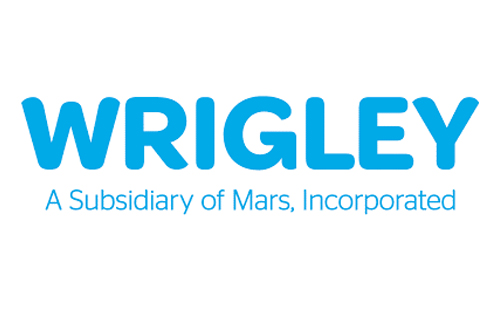General public healthcare procedure in the twentieth century has found huge developments.
For decades, the practitioners along with the technologists functioning inside the field of professional medical science have contributed quite a bit from the improvement of this sector. Amongst the many improvements which were witnessed through the sector, an important shift continues to be the paradigm change while in the nature in the services furnished from the discipline. From becoming a process which earlier offered generalized treatment on the clients, the health care sector previously few many years has shifted its aim and has adapted the artwork and science of furnishing the specialized care. The future of healthcare is filled with alternatives and also has some worries.
Problems of future healthcare As the products and services in healthcare became progressively more personalised and customized created, they are really getting a broader acceptance through the men and women.https://medium.com/@wow247.io/sore-point-of-saas-successful-customer-support-624882387f Nevertheless, with far more alternatives come more issues or bigger duty. The same as a company doing the job in any other industry, a medical center or maybe a specialty clinic should really continue to keep the adaptability with all the variations inside the environment on prime precedence. The worries that experience the healthcare procedure of these days and tomorrow can mainly be classified into demographic, legislative, insurance coverage relevant or economic troubles (Buchbinder & Shanks, 2011).
The legislative requirements are the rules and regulations for the healthcare providers delivering organizations passed through the legislation. There are already legislations covering providers and insurance plan while in the business that are tougher as compared to the previously prevailing laws. These relate to the variations to disclosure, database, computer and record keeping systems. The latest legislation in this regard is the Health Treatment and Education Reconciliation Act of 2010. This act enlarges the Patient Protection and Affordable Treatment Act which is also known as Obamacare Act as President Barack Obama signed it in March, 2010 (Melnyk & Overholt, 2011). The act has certain tougher requirements on the ground of increasing the quality and affordability on the health care companies to those seeking them. The act poses the troubles in front in the healthcare organizations as it includes certain requirements with the service providers. These are subsidies to those from financially weaker background, professional medical insurance coverage to be given to a lot more number of people with minimum standards and enhanced service level which means employment of far more equipments. Having said that, it also provides facilities to healthcare insurers and to those insured such as insurance coverage exchanges and coverage affordability.
There are also a couple difficulties as connected towards the change inside the technique. As the technology gets advanced as well as the population becomes older, it brings the pressure on health care authorities to change from keeping the previous records to maintaining the advance record keeping databases. Here, a person’s clinical condition along with his insurance policies status is built accessible into the service providers along with the help of technological assistance. Studies estimate that the US population will grow older by 2050 as nearly one fourth from the total population will be older than 65 years (Melnyk & Overholt, 2011). This indicates that there will be a requirement of skilled and professionally trained professionals who can cater to the needs of these aged clients. The challenge is to increase the number of workers per Medicare recipient.
One more challenge is about responding economically into the needs of your markets while adapting the shifts to your value based models. There are a significant number of service providers in health care who believe that the existing fee for service reimbursement model will not work for long and they will have to incur higher costs in long term for building and maintain value based firm. Therefore, a good amount of resources will be employed to fill this gap. Given the local financial circumstances, the healthcare organizations have to compromise with the price they want to charge to their patients (Buchbinder & Shanks, 2011).
Conclusion The healthcare sector has both possibilities and worries lying from the long term. As the sector widens, men and women will expect a great deal of quality providers at an affordable costs. While coping up using the expectations on the folks, the healthcare service providers will also have to deal using the financial issues while meeting their financial goals.
